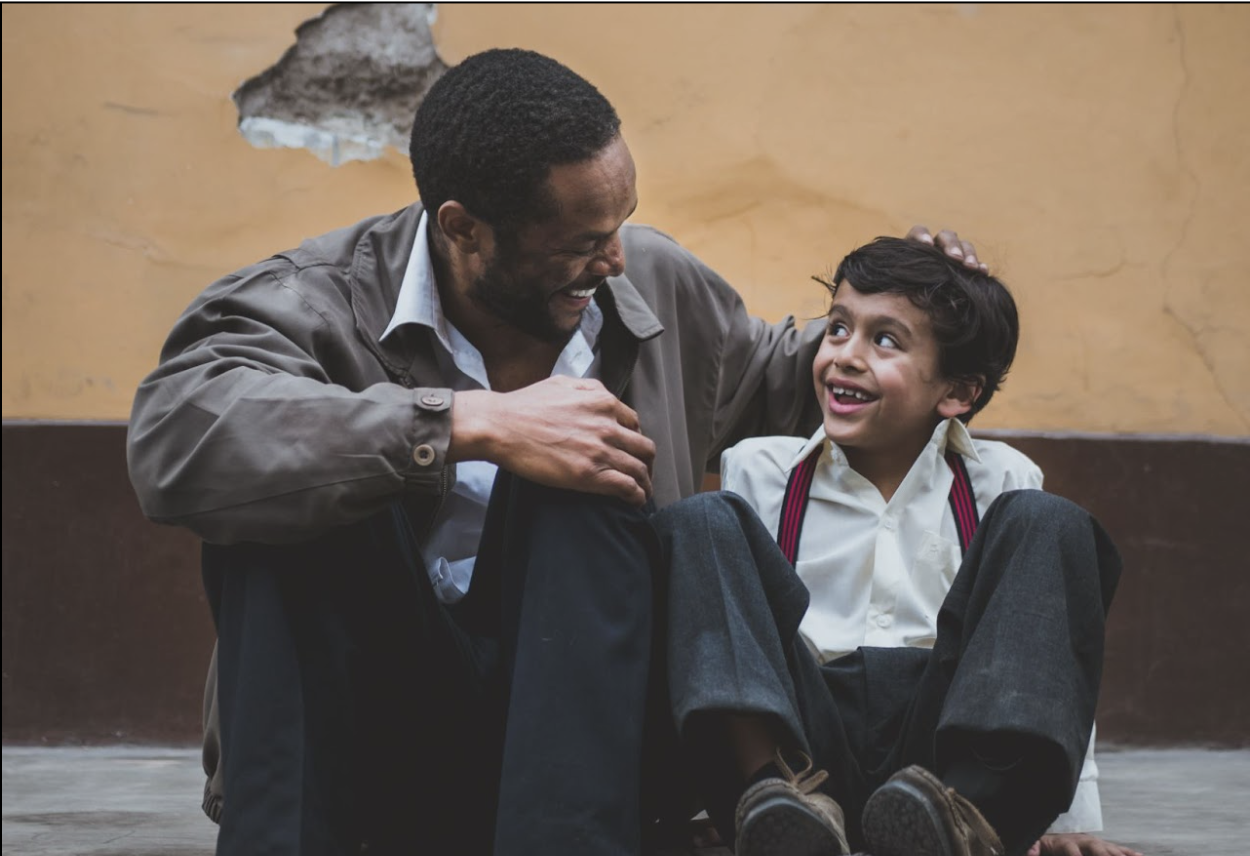Emotion is often regarded as an inborn ability among human beings, universal in both their expression and perception. However, a significant amount of human emotion is shaped by our social and cultural upbringing. People vary in how they express and perceive emotion to such an extent that many complex feelings integral to the human experience appear to be born entirely of nurture. In fact, there is growing research that suggests emotions are developed over time, refined and made complex by our environment. Our reliance on context for the perception of emotion contributes to this idea, as does the unique adaptation of language to suit a culture’s emotional expression.
The common assumption that humanity’s emotional barometer is a gift of nature has some scientific basis. It is often backed by studies like those of Paul Ekman, whose research and travel found striking similarities in how various cultures across continents expressed emotion. Smiles and frowns seemed to be universally perceived as happiness and sadness, respectively, despite the cultural diversity in participants. However, new research suggests that these similarities in human emotional expression, while striking, don’t indicate an underlying universality in emotional experience. Lisa Feldman Barret, a distinguished professor of psychology at Northeastern University, suggests that emotions are incredibly fickle and, despite outward appearances, are often expressed differently in the brain from person to person. The findings were summarized in a 2017 health article in Vice magazine, which revealed that “…there was no brain region that consistently held a ‘fingerprint’ for any emotion. Even the amygdala, which we are told to associate with fear, was shown to increase in fear experience studies, but only in a quarter of them.” The implication being that even base emotional experiences like fear, which is triggered by thousands of years of evolutionary brain wiring, can be as diverse and complex as any human thought.
Knowing the previous, how can it be that people from very different cultures express emotion in such similar ways when human beings differ widely in emotional experience? Part of this phenomenon can be attributed to the permeation of Western cultural norms throughout the world. It is noted in one study that “the more familiar individuals are with a particular culture, the more accurate they are in judging emotions of individuals from that culture.” Given the advent of the internet, this “familiarity” with Western emotional cues has only grown as Western media and the English language have become more generally popular. However, when removed from this global network of faces, a cultural divergence in the expression of emotion can be recognized even in babies. In a study in the late 1990s, professor Linda A. Camras of Depaul University and fellow researchers found that, before greater society can create a kind of homogeneity among facial expressions, babies often express emotion in ways that are primarily modeled after their guardians, and these behaviors are more closely linked to distinct cultural norms. In one context, researchers noted, “Chinese infants were consistently found to be less expressive than the European American and Japanese infants, who typically did not differ from each other.” This implies that the universality of emotional expression is actually a developed skillset, in which base feeling is transformed by one’s environment and made contextually meaningful.
Human emotional expression, like language, is a fascinating tool for creating connections within communities, and it can often be the basis for complex communication. Interpreting emotion from emojis, for example, is a skill one refines unknowingly through social and cultural reinforcement, giving subtextual meaning to words that might otherwise lack specific emotional cues. Emotion is the basis for so much human experience that it must be learned extensively, and even then, there is always nuance that is lost in translation. “Emotion requires something more than affect [the sensation of feeling],” Barrett explains. “It requires making meaning out of that affect. That’s not something, if a child was born and grew up in the wild, with no other humans around, would develop.”
References
Barret, Lisa Feldman. 2017. How Emotions are Made: The Secret Life of the Brain. Mariner Books
Barrett, Lisa Feldman. “The Theory of Constructed Emotion: An Active Inference Account of Interoception and Categorization.” Social Cognitive and Affective Neuroscience 12, no. 11 (2017): 1833. doi:10.1093/scan/nsx060. https://academic.oup.com/scan/article/12/11/1833/3788035
Camras, Linda A., Harriet Oster, Joseph J. Campos, and Roger Bakemand. “Emotional Facial Expressions in European-American, Japanese, and Chinese Infants.” Annals of the New York Academy of Sciences 1000, no. 1 (2006): 135-51. doi:10.1196/annals.1280.007. https://pdfs.semanticscholar.org/ba17/9ea58ee586c7b18bc67bba9bcc3b5970add8.pdf
Danziger, S., J. Levav, and L. Avnaim-Pesso. “Extraneous Factors in Judicial Decisions.” Proceedings of the National Academy of Sciences 108, no. 17 (2011): 6889-892. doi:10.1073/pnas.1018033108. https://www.pnas.org/content/108/17/6889
Gendron, Maria, Batja Mesquita, and Lisa Feldman Barrett. “Emotion Perception: Putting the Face in Context.” Oxford Handbooks Online, 2013. doi:10.1093/oxfordhb/9780195376746.013.0034. https://www.researchgate.net/publication/232724769_Emotion_perception_Putting_the_face_in_context
Gendron, Maria, Debi Roberson, Jacoba Marietta Van Der Vyver, and Lisa Feldman Barrett. “Perceptions of Emotion from Facial Expressions Are Not Culturally Universal: Evidence from a Remote Culture.” Emotion 14, no. 2 (April 14, 2014): 251-62. doi:10.1037/a0036052. https://www.ncbi.nlm.nih.gov/pmc/articles/PMC4752367/
Kitty, Drake, and Richardson, Elsa. “How Our Private Emotions Are Socially Constructed, Explained by an Expert.” Evening Standard, October 19, 2016. https://www.standard.co.uk/lifestyle/london-life/how-our-private-emotions-are-socially-constructed-explained-by-an-expert-a3373046.html
Love, Shayla. 2017. “Your Emotions Are a Social Construct.” Vice, July 21, 2017 https://www.vice.com/en_us/article/qvpae5/would-someone-born-and-raised-in-solitary-have-any-emotions
Saunders, George. 2017. Lincoln in the Bardo. Random House.
Yuki, M., Maddux, W. W., & Masuda, T. 2007. Are the windows to the soul the same in the East and West? Cultural differences in using the eyes and mouth as cues to recognize emotions in Japan and the United States. Journal of Experimental Social Psychology, 43(2), 303–311. https://doi.org/10.1016/j.jesp.2006.02.004
